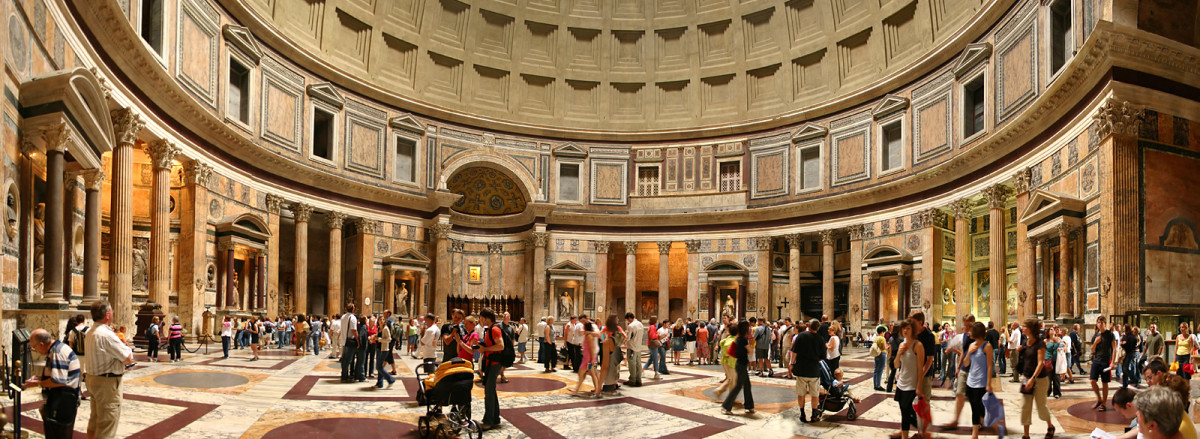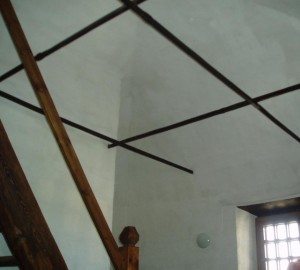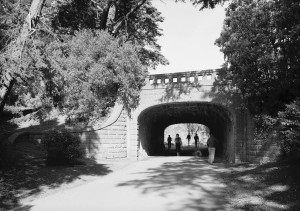Concrete has been around for millennia. Some accredit the Romans with the invention of this sturdy building material, but in actuality, rudimentary concrete had been used for thousands of years before them in places such as Babylon and India. There’s a reason that this material was used so widely and for so long; it’s almost indestructible. The Romans used it to build foundations for roads, stadias, and bathhouses that are still standing today. Concrete fell out of use during the dark ages but began a resurgence during the renaissance. Modern concrete slightly resembles its ancient counterpart, but thanks to advancements in science and technology such as Concrete Block Making Machines, modern concrete is even stronger and more durable than ever before.
What Is Concrete?
Concrete is actually a pretty simple material. It has three main components: cement, an aggregate, and a fluid. The most commonly used cement in modern concrete is Portland cement, a material that is made by heating limestone to extreme temperatures and grinding it into a fine powder. The aggregate material used in concrete can come from a wide variety of materials. Sometimes, sand is used along with limestone, granite, or larger pebbles. Lastly, water is added to the cement/aggregate mixture in order to make it a) chemically react in order to harden into a solid state, and b) become workable. Precast concrete structures including concrete padstones, rectangular beams, and wall panels are among the most common examples in the solid state. Concrete that is workable or flows is generally used to build structures through its settlement between shutters.
The properties of the concrete can be changed through the addition of various materials. Chemicals can be added to either speed up or slow down the drying process. A wide variety of other minerals have been used in addition to Portland cement to lessen the environmental impact of cement production. These materials, like fly ash and silica fume, are already being produced in coal power plants and electric furnaces and have similar properties to that of Portland cement, so they are used to cut the amount of Portland cement necessary to create the cement mixture. Concrete can also have various uses starting from flooring to wall finishes, driveways, patios, retaining walls, pre-fab bricks, and more. Such construction and repair services can be provided by a concrete company in charlotte or elsewhere for residential, commercial, and industrial purposes.
Concrete Reinforcement and Repair
One of the most important additives to concrete is actually quite a recent invention. Rebar, short for reinforcing bar, is used to increase tinsel strength and compensate for weaknesses in the surrounding concrete. Rebar had been used in structures for quite a long time before 1889, but the reinforcement was usually placed inside the structure itself. Some older structures actually had pieces of iron stretching from wall to wall in order to add strength to the building.
Though concrete, whether reinforced or not, is still vulnerable to various kinds of damage. Excessive moisture can cause concrete to bubble and warp and the rebars to rust. The earth underneath concrete can settle or erode over time and cause instability. Fortunetly modern building techniques utilized by builders and concrete leveling contractors can rectify the majority of problems in concrete constructions.
Historic Concrete Projects
Enter: Ernest L. Ransome. Ransome was a civil engineer living in San Francisco, California who was tasked with designing a new bridge inside Golden Gate Park. Ransome had been experimenting with some new ideas and decided that he would use the Alvord Lake Bridge as the test. Inside the concrete, he would place a twisted metal bar and arc it all the way from one base of the bridge to the other. This twisted piece of metal allowed for a stronger bond with the concrete because even though the bars are covered by concrete, they still do rust and wear as normal iron would. They lose strength and eventually lose their bond with the structure, causing them to reduce in strength and effectiveness. The twisted bar allowed for a stronger bond with the concrete, and therefore a stronger structure.
Ransome’s bridge was completed in 1889, but its design was mostly mocked by the engineering community in the western United States. He left San Francisco for the east coast, hoping that his reinforced concrete ideas would be more accepted there, but still held a deep anger for the building community in San Francisco. In 1906, the largest earthquake to strike the region destroyed much of the bay area, but Ransome’s bridge, along with the few other reinforced concrete structures that had been built after his departure, were some of the only buildings left standing.
Although it may not be respected nearly as much as it should, Ransome’s bridge is still standing today, and is not only the first reinforced concrete structure built in America but is also the longest-standing reinforced concrete structure in the world. So the next time you pass by a concrete building or see some pieces of rebar sticking out of a concrete beam at a construction site, remember Ransome and his contribution to this thousands-of-years-old practice of mixing cement, stones, and water.
Here at UNINTECH, we love preserving the history that every building has to offer. That’s why when we were tasked with bringing Alamo Stadium up to modern design and structural standards, our engineers did their best to preserve every detail of the huge concrete stadium. From the rocks used in the façade to the tiles used in the historic mosaics above the entrance gates, we did everything in our power to save the history of San Antonio. Click the button below to see more on our award winning work with Alamo Stadium.
See How UNINTECH Preserves History
Sources:
http://99percentinvisible.org/episode/episode-81-rebar-and-the-alvord-lake-bridge/
http://www.aboutcivil.org/types-of-concrete.html
http://www.cement.org/cement-concrete-basics/products
http://www.cemexusa.com/ProductsServices/ReadyMixConcreteTypes.aspx



